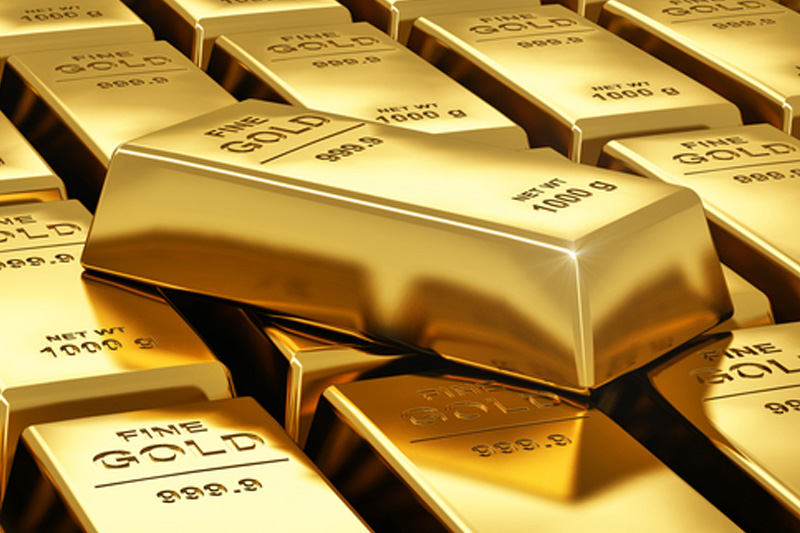Investing.com -- Gold futures were relatively flat on Tuesday amid a steady dollar, as the timing of an interest rate hike by the Federal Reserve and continuing fears of a recession in China remained in focus.
On the Comex division of the New York Mercantile Exchange, gold for December delivery traded in a tight range between $1,123.90 and $1,134.30 before settling at $1,130.20, down $1.50 or 0.13% on the session. On Monday, the precious metal suffered one of its worst one-day declines in September, falling by more than 1.25%, amid further indications from the Fed that it will raise short-term interest rates before the end of the year. Since jumping by more than 1.85% on Sept. 18, gold has closed lower in six of the last nine sessions. Over the last month, however, gold futures are relatively unchanged down by less than 0.15% since Aug. 30.
Gold likely gained support at $1,103.90, the low from Sept. 13 and was met with resistance at $1,155.90, the high from Sept. 24.
Investors continue to digest strong indications from the Federal Open Market Committee that it will likely raise its benchmark Federal Funds Rate at either its October or December meeting. On Monday, New York Fed president William Dudley told the Wall Street Journal that the Fed is on track to hike rates before the end of the year and that it could reach its targeted goal for inflation at some point in 2016. It followed hawkish comments from Fed chair Janet Yellen last week on the acceleration of inflationary pressures, as the labor market resumes a push to full employment. In an appearance at the University of Massachusetts at Amherst, Yellen noted that the inflation shortfall is likely to be transitory, as one-off factors such as lower energy prices and weaker imports due to a stronger dollar evaporate.
Long-term inflation has remained under the Fed under the Fed's targeted goal of 2% for every month over the last three years. An interest rate hike is viewed as bearish for gold, which struggles to compete with high-yield bearing assets.
Economists will keep a close eye on Friday's September national employment report for further signals on the decline of slack in the labor markets. They will receive a harbinger of sorts on Wednesday when the ADP Research Institute releases its September National Employment Report. Analysts expect the report to show that the private sector added 190,000 nonfarm jobs during the month, following a similar gain of 190,000 in August.
Elsewhere, the Shanghai Composite Index fell mildly on Tuesday by 62.02 or 2.02% to 3,038.14, ahead of a market holiday beginning on Thursday due to the Chinese National Day celebrations. Chinese equities have fallen approximately 45% since June, amid a wave of indicators that forecast the slowest growth in the world's second-largest economy in more than a decade. On Monday, European Commission vice-president Jyrki Katainen, a former prime minister and finance minister of Finland, pushed Chinese officials to provide greater transparency with its fiscal policies at a high-level EU-China summit Beijing.
"The size of the financial sector and capital markets will be many, many, many times bigger in China in the future than it is at the moment, and there will be a time when no currency reserve can afford to bail out all the losses if something bad happens," Katainen said.
China is the world's largest producer of gold and the second-largest consumer of the precious metal behind India.
The U.S. Dollar Index, which measures the strength of the greenback versus a basket of six other major currencies, fell more than 0.20% to an intraday low of 95.83, in spite of strong consumer confidence data. Last week, the index surged above 96.85 to reach its highest level in September.
Dollar-denominated commodities such as gold become more expensive for foreign purchasers when the dollar appreciates.
Silver for December delivery gained 0.072 or 0.50% to $14.610 an ounce.
Copper for December delivery inched down 0.001 or 0.03% to 2.251 a pound.
